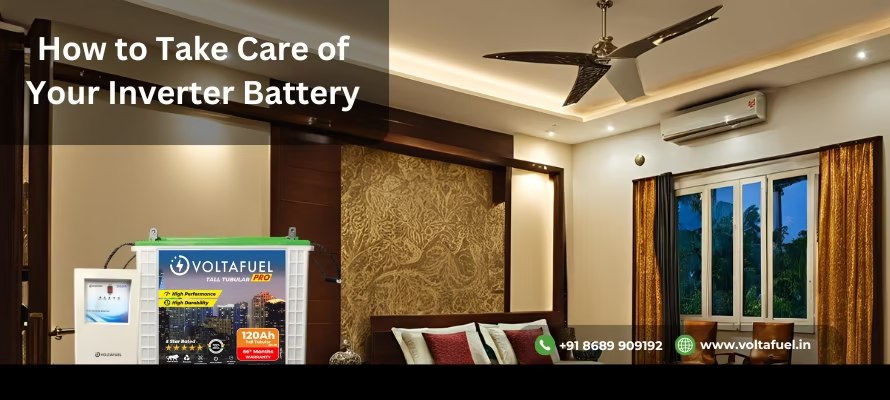inverter buy guide | Inverter and battery buying guide | Voltafuel home Inverter battery in Pune
Inverter Buying Guide Buying an inverter requires careful consideration to ensure you choose the right one for your needs. Here’s a comprehensive buying guide to help you make an informed decision:
Determine your power needs:
Start by assessing the power requirements of the devices you intend to run on the inverter. Add up their wattage or check their labels for power consumption. This will help you determine the size and capacity of the inverter you need.
Types of inverters:
There are primarily two types of inverters: modified sine wave and pure sine wave.
Modified Sine Wave Inverter:
These are cost-effective and can handle most common appliances. However, they may not be suitable for sensitive electronics, medical equipment, or devices with complex power requirements.
Pure Sine Wave Inverter:
These inverters produce power that closely resembles the electricity from the grid, making them compatible with all types of devices. They are more expensive but provide cleaner power, making them ideal for sensitive electronics.
Inverter capacity:
Inverter capacity is measured in terms of wattage (W) or volt-amps (VA). Choose an inverter with sufficient capacity to handle the total power requirements of your devices. Consider both the continuous power requirement and the peak power requirement (for devices with motors or compressors) to avoid overloading the inverter.
Battery compatibility:
Ensure that the inverter you choose is compatible with your battery system. Check the voltage and type of batteries supported by the inverter. Common battery types include lead-acid, lithium-ion, and gel batteries.
Efficiency:
Look for inverters with high-efficiency ratings. Higher efficiency means less power is wasted during the conversion process, resulting in longer battery life and reduced energy costs.
Safety features:
Consider inverters with built-in safety features such as overload protection, short-circuit protection, over-temperature protection, and low-voltage alarm or shutdown. These features help protect your devices, batteries, and the inverter itself.
Additional features:
Some inverters come with additional features like built-in chargers, automatic transfer switches, LCD displays, remote control options, or USB ports. Assess your requirements and choose the features that are important to you.
Brand and quality:
Invest in a reputable brand known for producing reliable and durable inverters. Quality inverters tend to have better performance, longer lifespan, and comprehensive warranty coverage.
Budget:
Set a budget for your inverter purchase. While it’s essential to find a good deal, prioritize quality and reliability over price alone. Inverters are long-term investments, so it’s worth investing in a good quality product.
Read reviews and seek recommendations:
Before finalizing your purchase, read customer reviews and seek recommendations from trusted sources. Real-life experiences can provide valuable insights and help you make an informed decision.
Installation and maintenance:
Consider the installation requirements and complexity of the inverter. If you’re not familiar with electrical systems, it’s advisable to hire a professional for installation. Additionally, check the maintenance requirements and ensure they align with your capabilities.
Remember to compare multiple options, assess your specific needs, and make an informed decision based on reliable information to find the right inverter for your requirements.
What Size Inverter Do I need for my home
To determine the right inverter size for your home, calculate the total power requirement of all devices you want to run during a power outage.
- Identify Appliance Wattage: Sum up the wattage of essential devices like lights, fans, TVs, and refrigerators.
- Add a Buffer: Add 20-25% to account for power surges.
- Inverter Capacity: Match the total to the inverter’s VA rating (Watt ÷ Power Factor).
For typical households, a 900–1500 VA inverter suffices.
Inverter Buying Tips India
- Power Requirement: Calculate the total wattage of appliances you’ll use.
- Type of Inverter: Choose between pure sine wave (better for sensitive devices) or square wave.
- Battery Compatibility: Ensure compatibility with tubular or lithium-ion batteries for efficiency.
- Brand Reliability: Opt for trusted brands like Luminous, V-Guard, or Microtek.
- Backup Duration: Select based on the expected duration of power cuts.
- Warranty and Service: Check warranty coverage and after-sales support.


